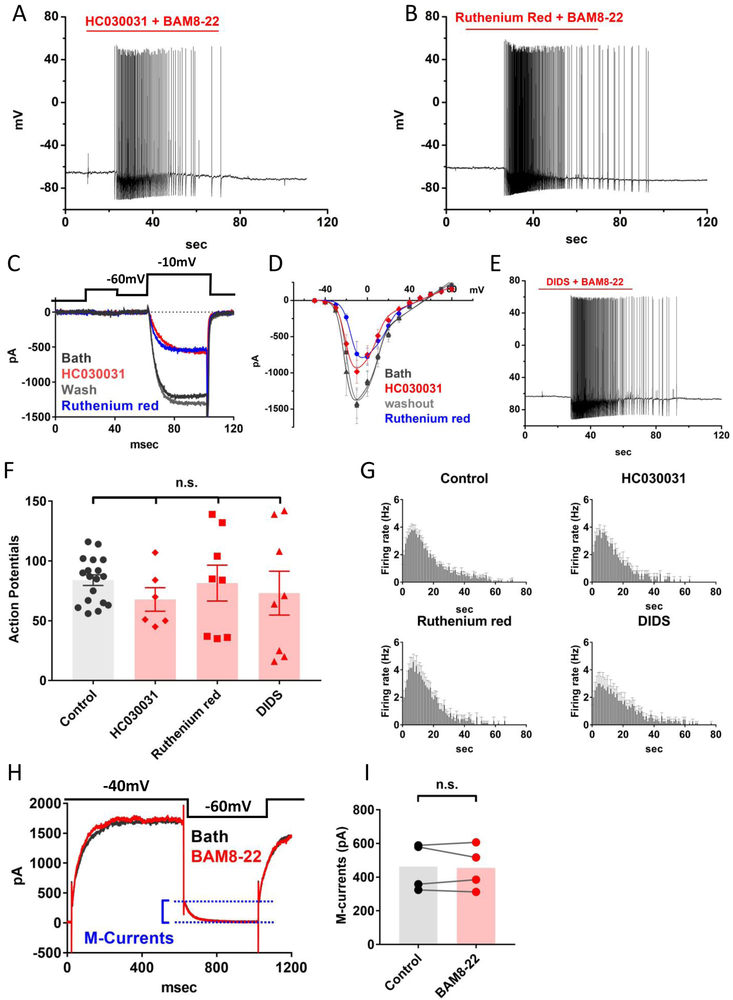Figure 2. MrgprX1-mediated neuronal firing does not require TRPA1 or other TRP channels.
(A) A sample recording of BAM8-22 evoked action potentials in the presence of 100μM HC030031. (B) BAM8-22 elicited action potentials in the presence of 10μM ruthenium red. (C) Ruthenium red (10μM) and HC030031 (100μM) significantly inhibited voltage-gated calcium currents. (D) The current inhibition at −10mV in the presence of ruthenium red or HC030031 was 51±0.04% (n=5, p=0.002), or 32±0.04% (n=5, p=0.01), respectively. Statistics were performed with paired-sample t-test. The current inhibitions were plotted as the function of membrane potentials and were fitted with Boltzmann IV equation. (E) A sample recording showing that DIDS (10μM), a broad-spectrum chloride channel blocker, does not block BAM8-22 elicited action potentials. (F) Summary of the number of BAM8-22 evoked action potentials in the presence of differing ion channel blockers and control condition. HC030031 (n=6, p=0.11), Ruthenium red (n=8, p=0.84), DIDS (n=8, p=0.44). Statistics were performed with a two-tailed t-test. (G) Plots of BAM8-22 evoked firing rates as the function of time. The treatments of HC030031, Ruthenium red, or DIDS did not significantly reduce the peak firing rate, p values are 0.99, 0.56, or 0.33, respectively. statistics were performed with two-tailed t-test. (H) Sample traces of M-type potassium currents recordings. M-current amplitudes were estimated between two dashed lines. (I) BAM8-22 (100nM) had no noticeable effects on M-currents (p=0.73, paired-sample t-test).

